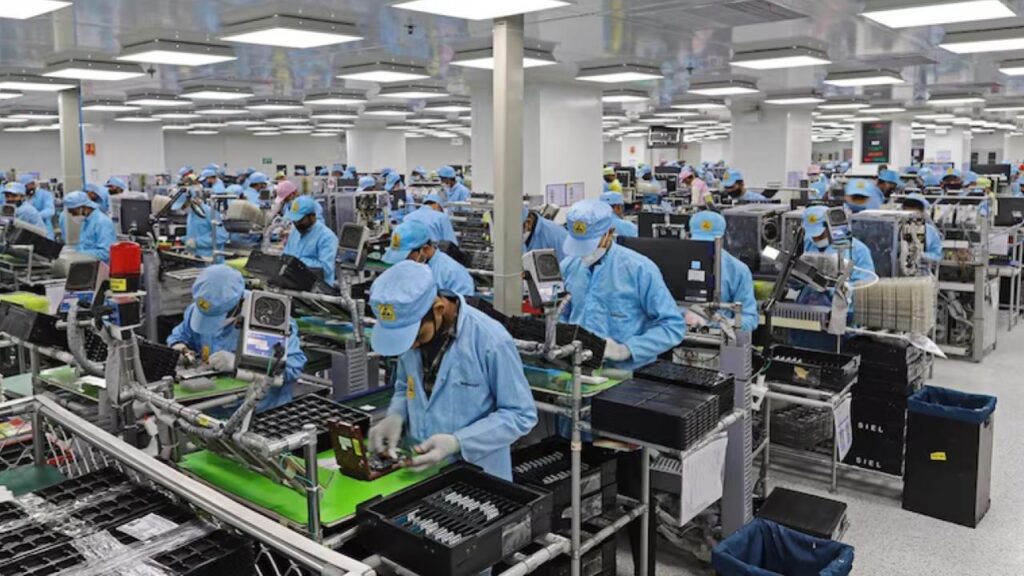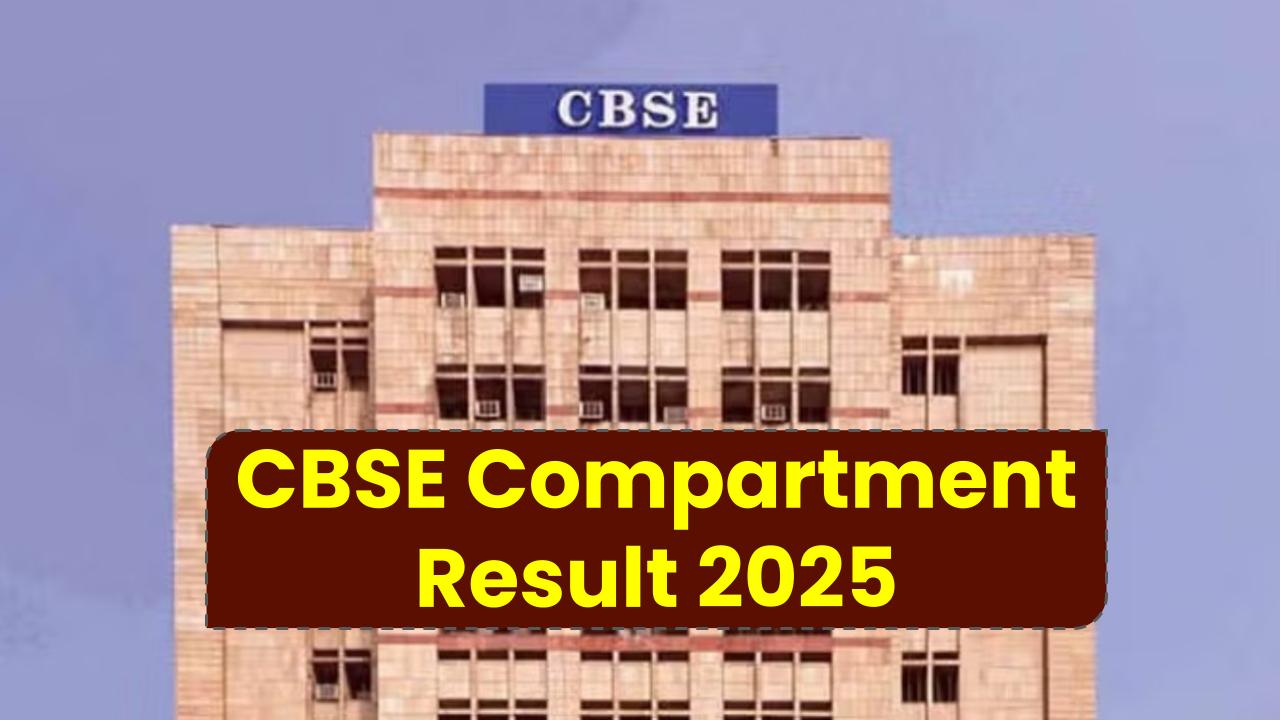The PLI Scheme, short for Production-Linked Incentive Scheme, has officially crossed a massive milestone—₹21,534 crore in incentive payouts to date. If you’re wondering what this means for India’s economy, manufacturing jobs, or global competitiveness, you’re in the right place.

Let’s break it down like we’re chatting over a cup of coffee—clear, honest, and packed with value. Whether you’re a young learner, a policy buff, or a manufacturing leader, there’s something in here for you.
PLI Scheme Pays Out ₹21,534 Cr So Far
| Details | Stats / Information |
|---|---|
| Total PLI Disbursement (as of 2025) | ₹21,534 crore |
| Total Investment Attracted | ₹1.76 lakh crore |
| Total Sales/Production Generated | ₹16.49 lakh crore |
| Total Jobs Created | 1.24 million (approx.) |
| Number of Beneficiary Sectors | 12 |
| Top Performing Sectors | Electronics, Pharma, Auto Components, Food Processing, White Goods |
| Notable Programs | PLI for Large Scale Electronics, Pharma, Telecom, White Goods, and Drones |
The PLI Scheme is India’s big bet on becoming a global manufacturing powerhouse—and it’s already paying off. With ₹21,534 crore in payouts and ₹1.76 lakh crore in investments, it’s no longer a pilot project—it’s the future.
Whether you’re a business owner, policy student, or professional, understanding how these incentives shape India’s economic landscape is key to spotting opportunities.
What’s the PLI Scheme Anyway?
The PLI Scheme was rolled out by the Government of India in 2020 with a simple goal: “Make in India, Sell to the World.” It offers financial incentives to companies that manufacture key products in India and meet specified sales targets.
In plain speak? The more you make in India and sell (especially abroad), the more money the government pays you back. This helps attract investment, create jobs, and reduce reliance on imports.
The 12 Sectors That Got the Money
Let’s break down where that ₹21,534 crore has gone so far.
1. Large-Scale Electronics Manufacturing
Think smartphones, tablets, and laptops. This sector alone has seen major global players like Foxconn and Samsung invest heavily in India.
2. Pharmaceuticals & Bulk Drugs
India aims to be the pharmacy of the world, and this PLI helps reduce dependence on Chinese raw materials while boosting exports.
3. Medical Devices
Incentives here support homegrown innovations like stents, diagnostic kits, and ventilators—especially relevant post-COVID.
4. Telecom & Networking
Helping build indigenous 5G infrastructure, routers, and IoT equipment. BSNL’s Made-in-India 4G stack is part of this effort.
5. Food Processing
Nestle, Amul, and other food giants are expanding local production of ready-to-eat meals, dairy, and processed foods.
6. White Goods (ACs & LEDs)
India wants to be a global hub for air-conditioners and LED lighting components. Over 80 manufacturers have signed up.
7. Automobiles & Auto Components
From EVs to e-rickshaws and engine parts, this sector is buzzing. Tesla suppliers are rumored to be scouting too.
8. Specialty Steel
To boost the “building blocks” of infrastructure and defense, high-grade steel production is a priority.
9. Textiles & MMF (Man-Made Fibers)
India’s textile exports are set for a reboot—synthetics, sportswear, and value-added garments lead the charge.
10. Drones & Drone Components
Agriculture and defense are top consumers. India wants to be drone-self-sufficient by 2030.
11. IT Hardware
Think servers, data centers, and PCs. While chip-level manufacturing is still ramping up, this lays the groundwork.
12. Bulk Drug Parks
Separate but linked to pharma, these parks aim to centralize raw material production to reduce costs.
Real-World Impact: Numbers You Should Know
Here’s where it gets exciting.
- Domestic Value Addition: Electronics value-add rose to 25% in 2024, up from just 10% in 2020.
- Pharma Trade Surplus: From a ₹1,930 crore deficit to a ₹2,280 crore surplus in bulk drug trade (source: Economic Times).
- Job Creation: Over 1.24 million jobs, with the food processing sector alone creating over 340,000.
- FDI Boom: India received record FDI in electronics and pharma—fueling infrastructure like the Samsung Noida plant and Foxconn’s Chennai expansion.
How Does the PLI Scheme Work?
Let’s break this down in steps:
Step 1: Selection of Sectors
Sectors are picked based on import dependence, global opportunity, and strategic relevance (like semiconductors or EVs).
Step 2: Inviting Manufacturers
Big players apply with investment plans. If approved, they sign agreements with the government.
Step 3: Performance-Linked Rewards
Each year, companies must hit:
- Minimum production value
- Sales thresholds
- Domestic value-add targets
If they meet these, they get cash incentives—usually 4–6% of sales.
Step 4: Annual Review
Performance is audited. Non-compliance? No incentives next year. It’s results-driven, not entitlement-based.
Practical Advice: How to Leverage PLI if You’re in Manufacturing
For Business Owners or Startups:
- Explore PLI guidelines on the Ministry of Commerce & Industry website.
- Consider entering sectors like medical devices, textiles, or drones where competition is still manageable.
For Job Seekers:
- Target companies in high-PLI sectors—they’re hiring big.
- Upskill in electronics assembly, pharma manufacturing, or HVAC engineering.
For Investors:
- Keep an eye on listed firms participating in PLI (e.g., Dixon Technologies, Amber Enterprises).
- Check if they’re receiving payouts and growing exports—good indicators of future performance.
FAQs
What is the purpose of the PLI Scheme?
To boost domestic manufacturing, reduce imports, increase exports, and create jobs by giving cash incentives.
Who can apply for the PLI Scheme?
Large manufacturers, MSMEs, and even startups (depending on the sector) can apply through relevant ministries.
How long will the scheme run?
Most PLI schemes run for 5 years, with the latest ones kicking off in 2021–2022.
Is the PLI Scheme only for Indian companies?
No. Foreign firms can also apply, provided they manufacture in India.
How is success measured?
Based on annual production, sales growth, job creation, and value-add within India.








